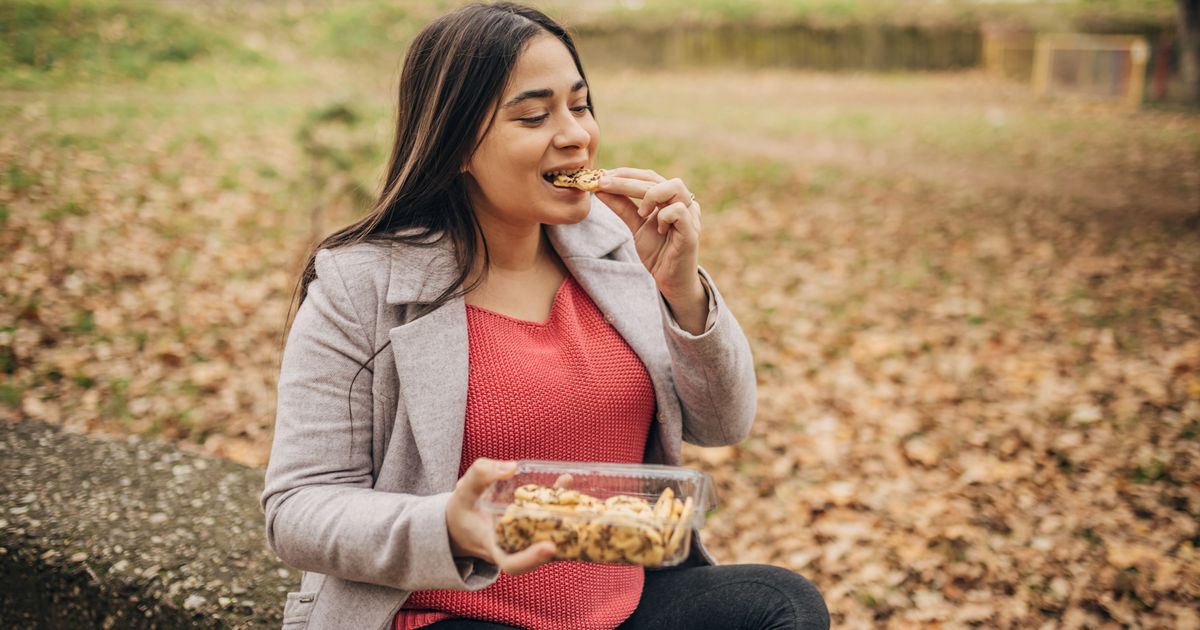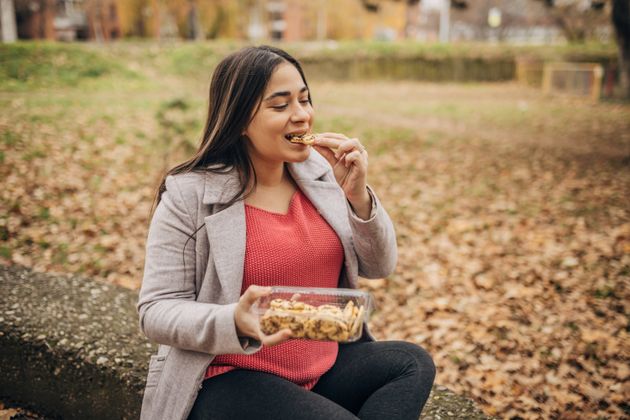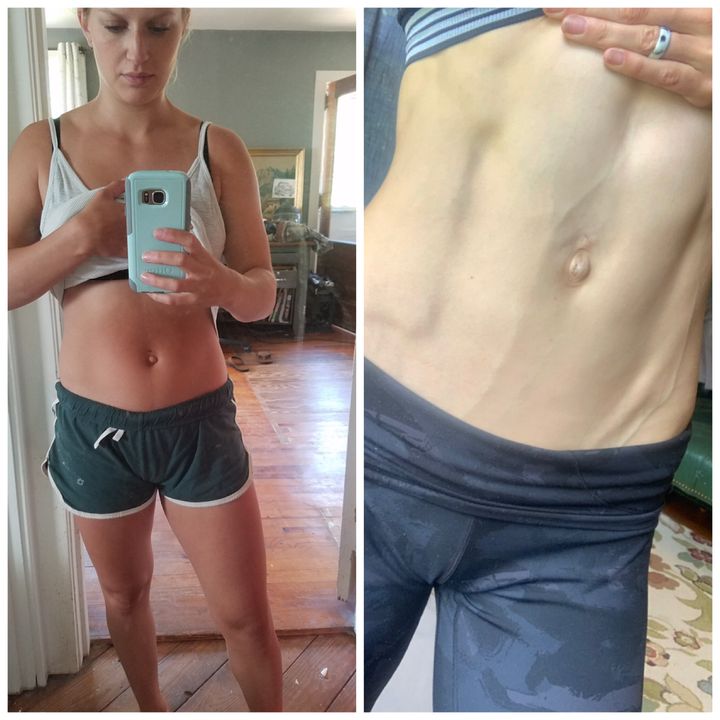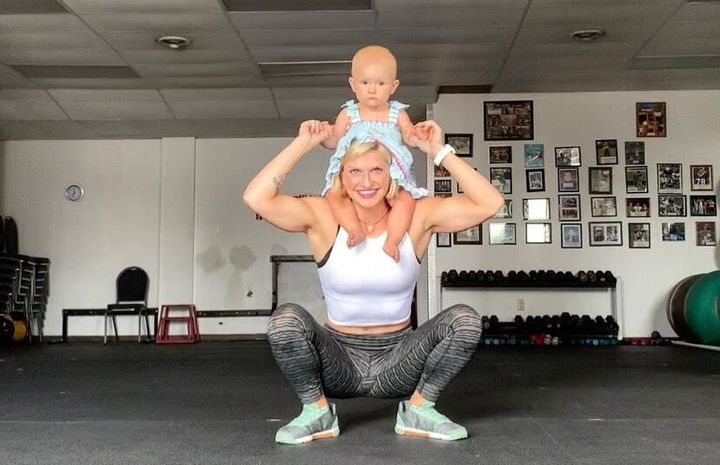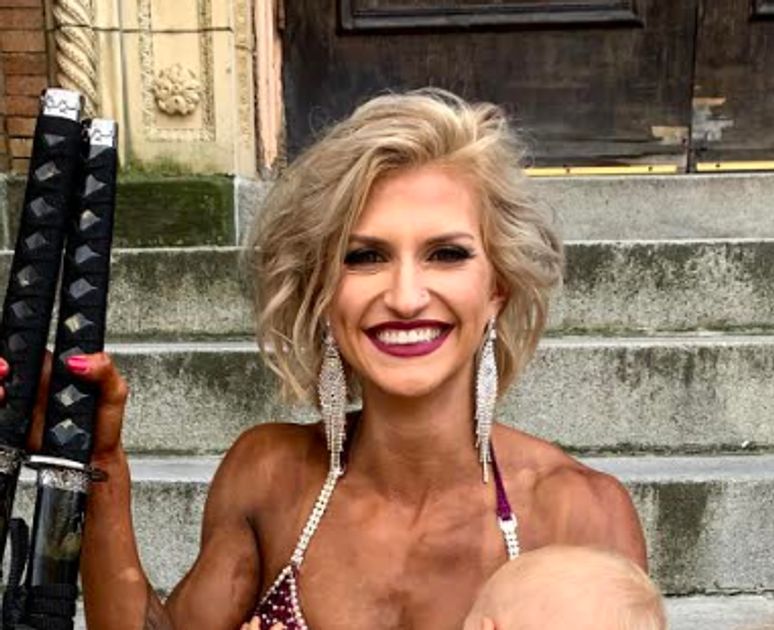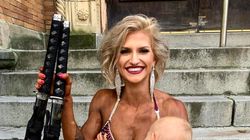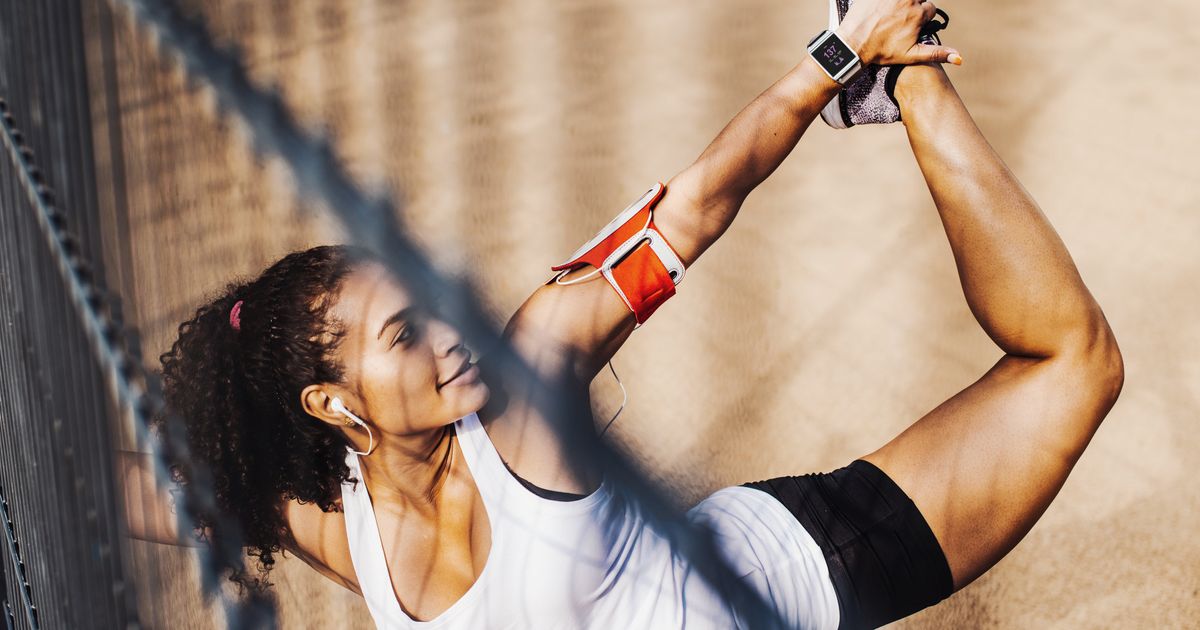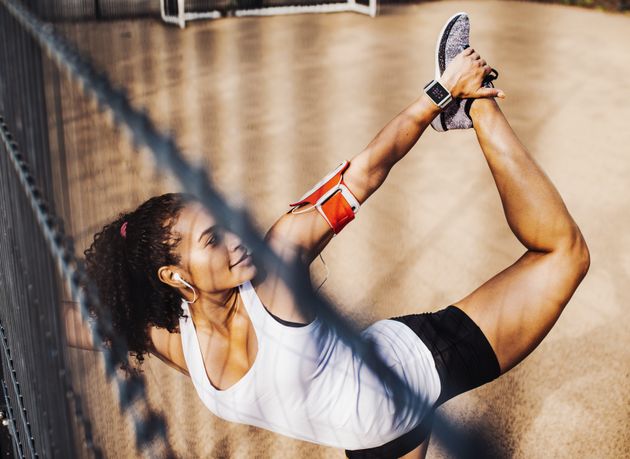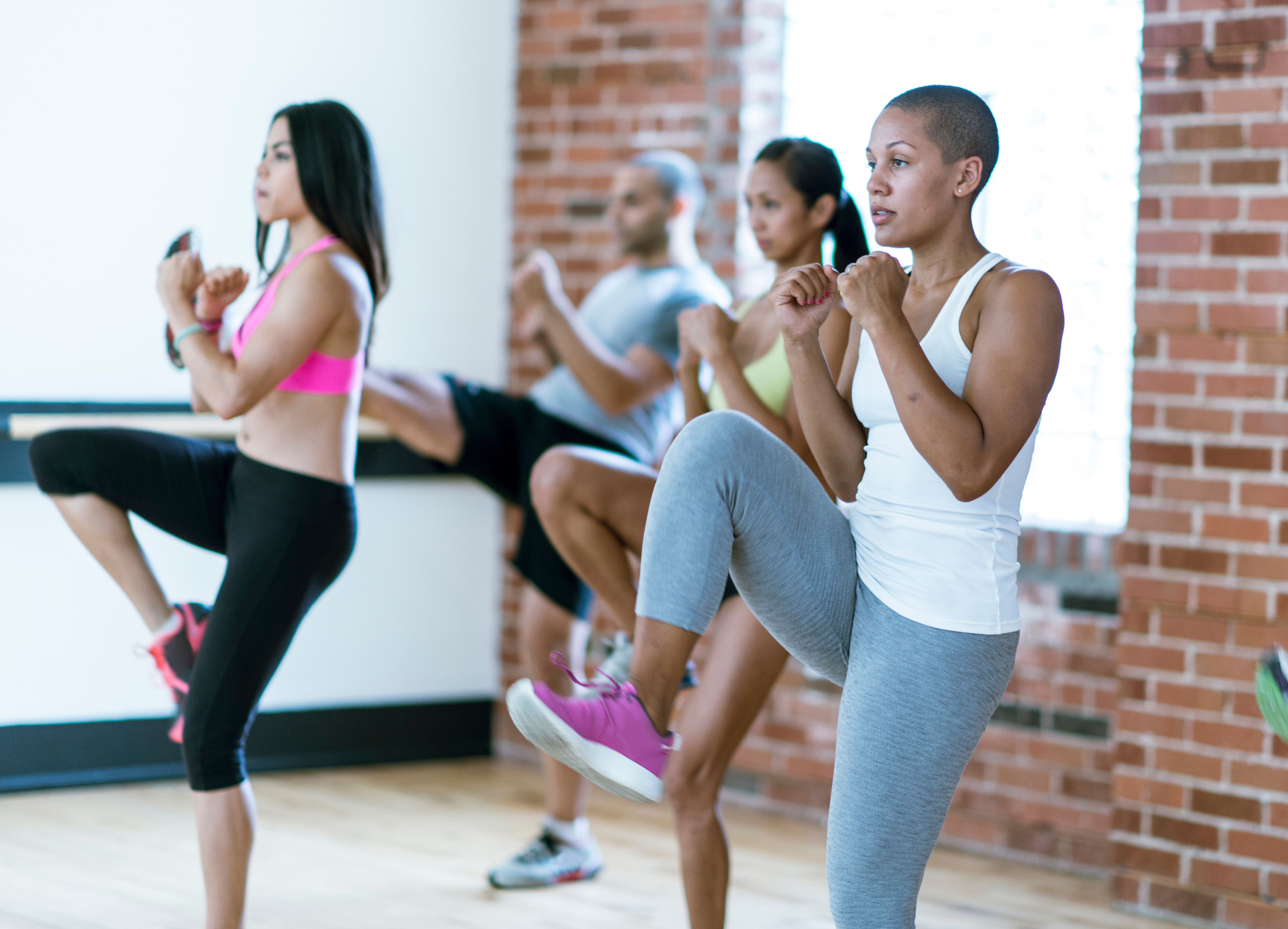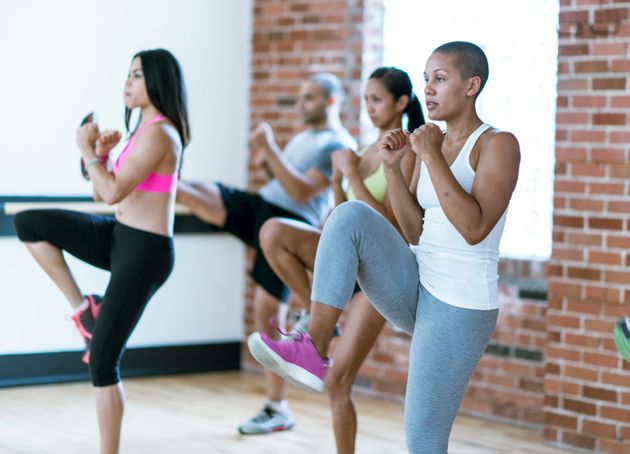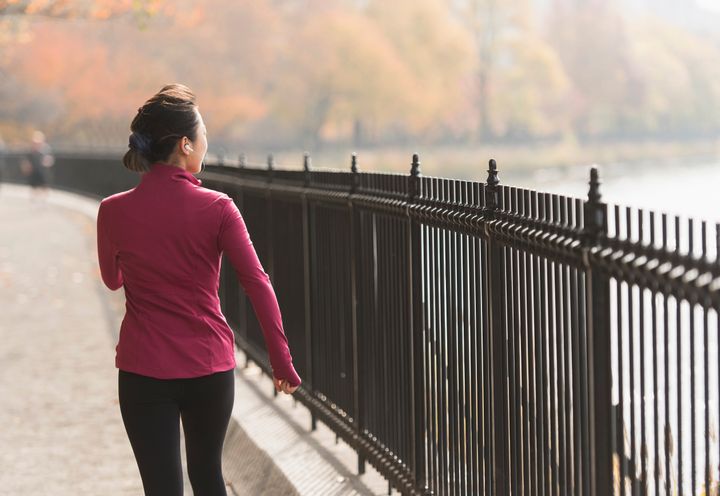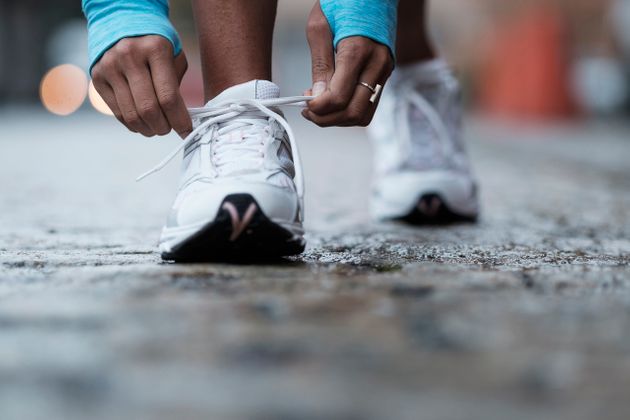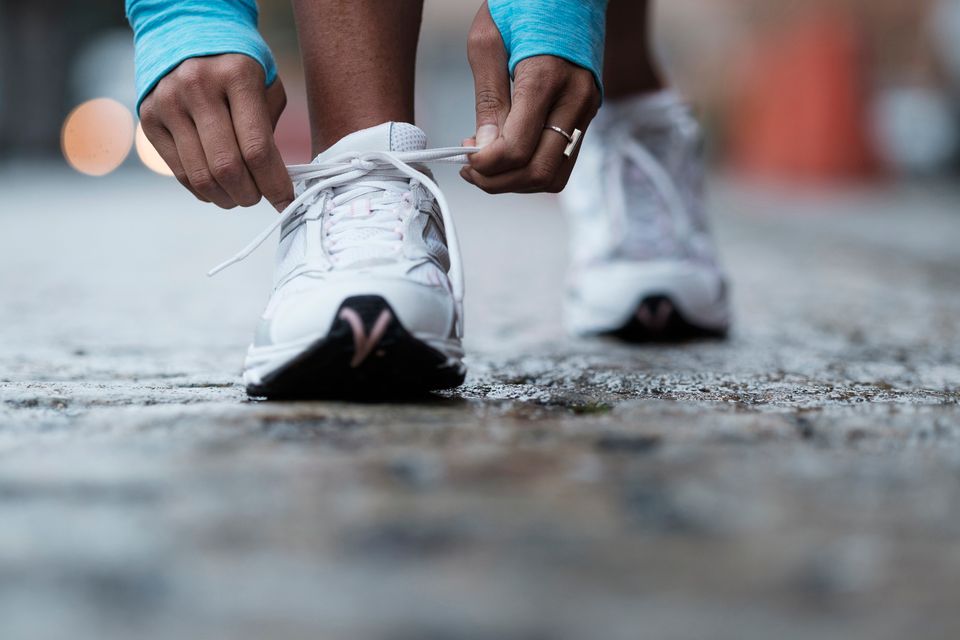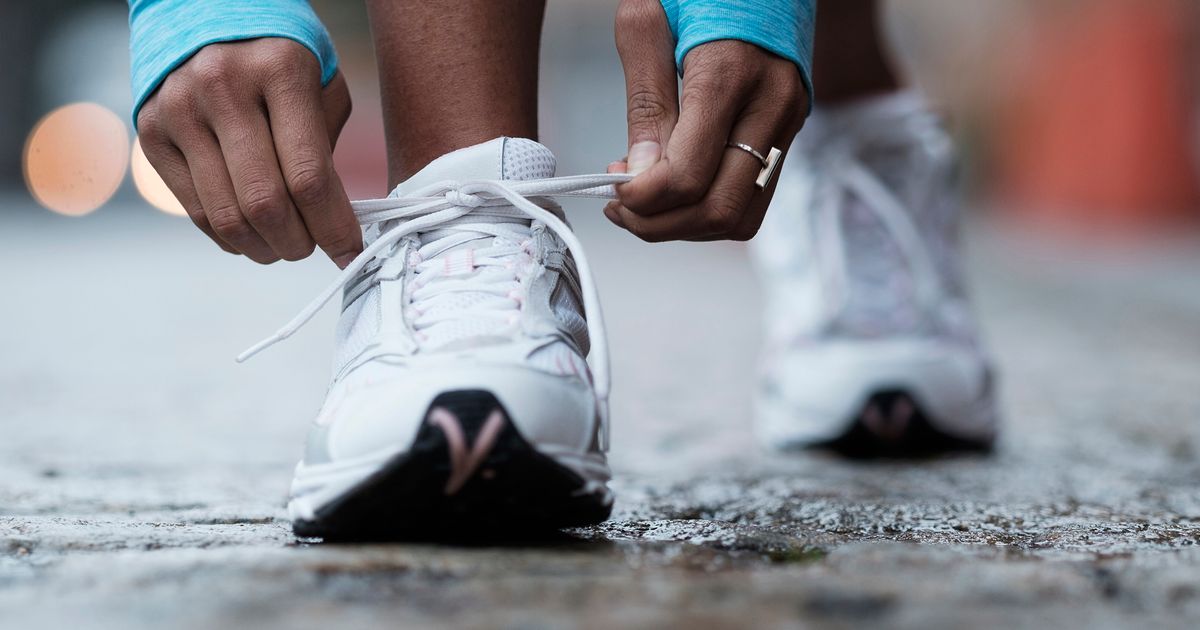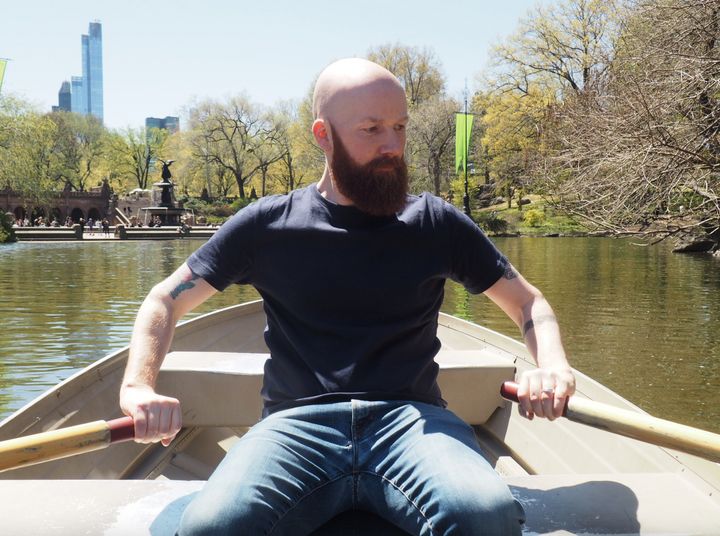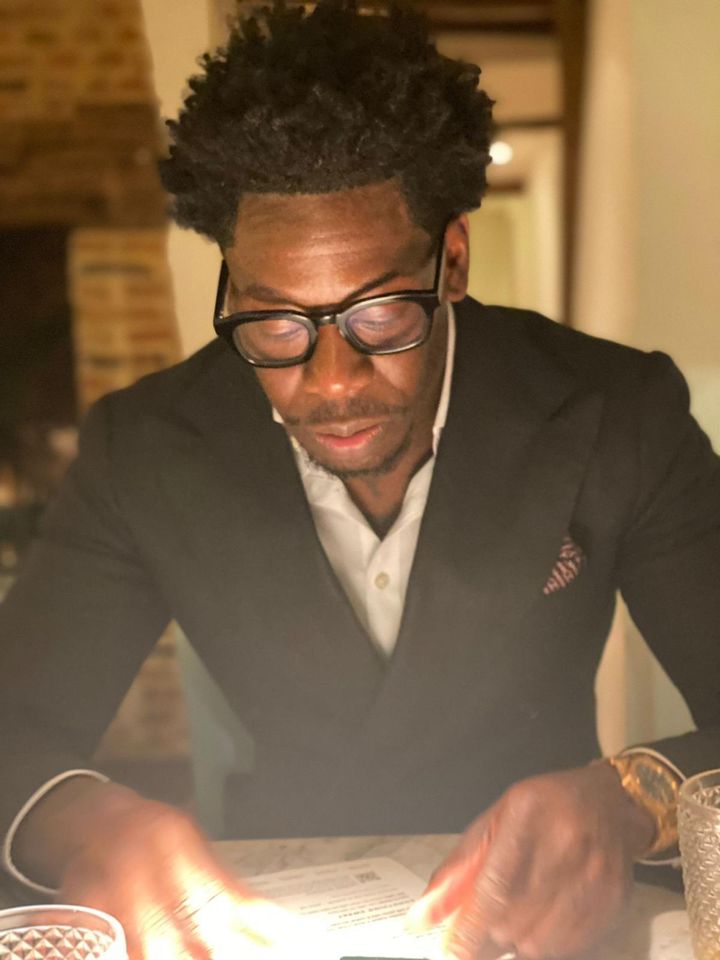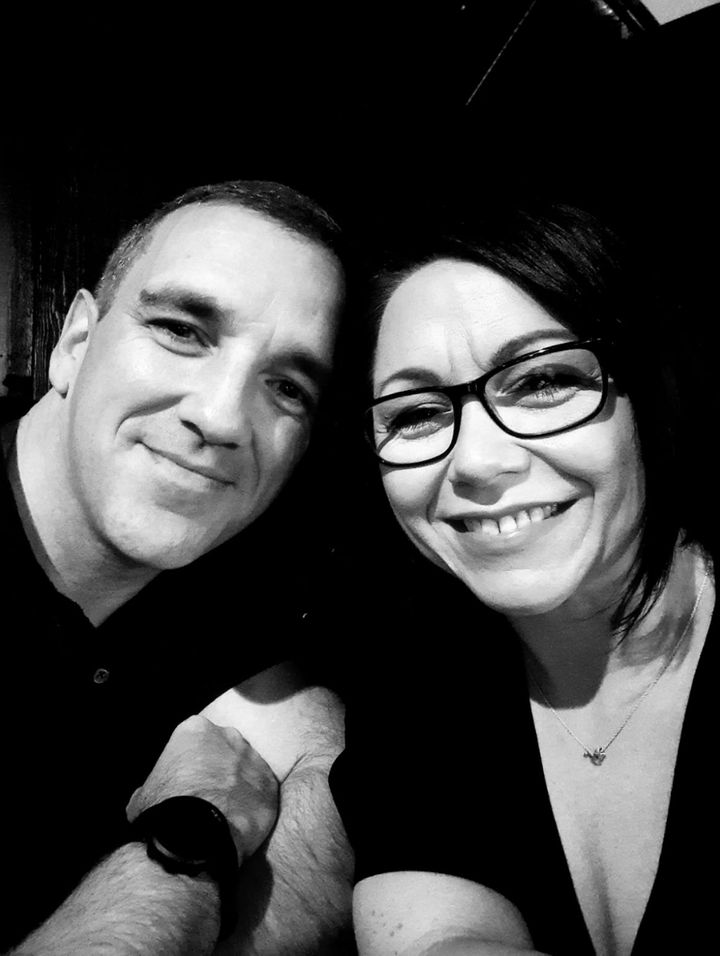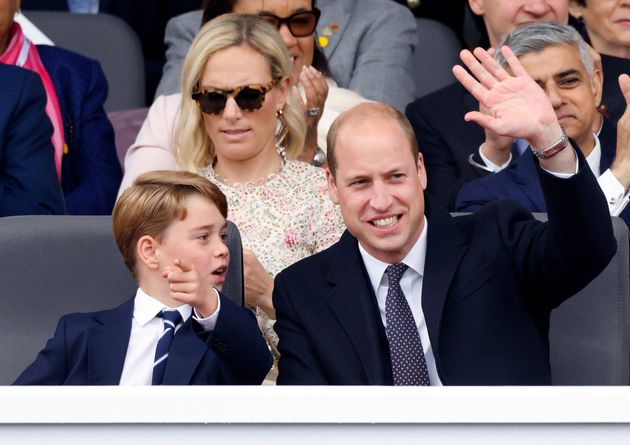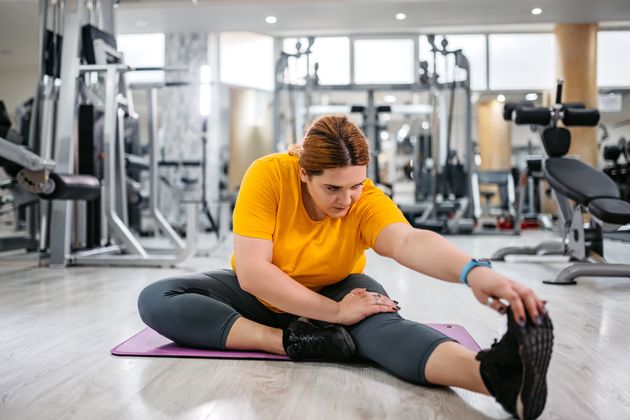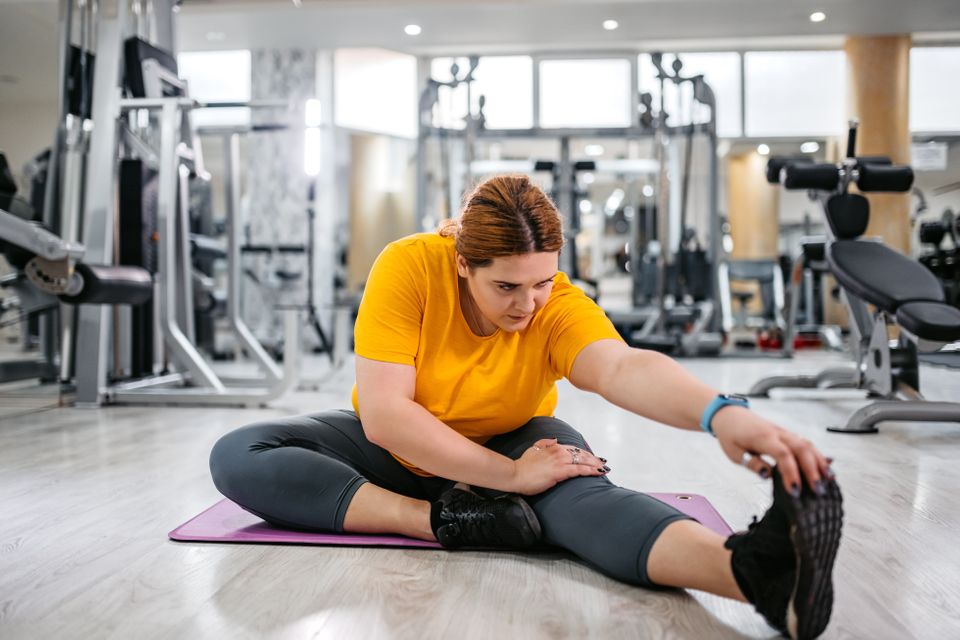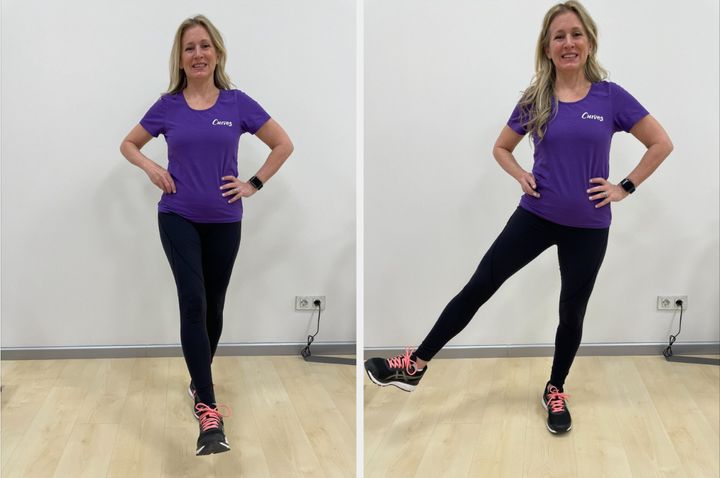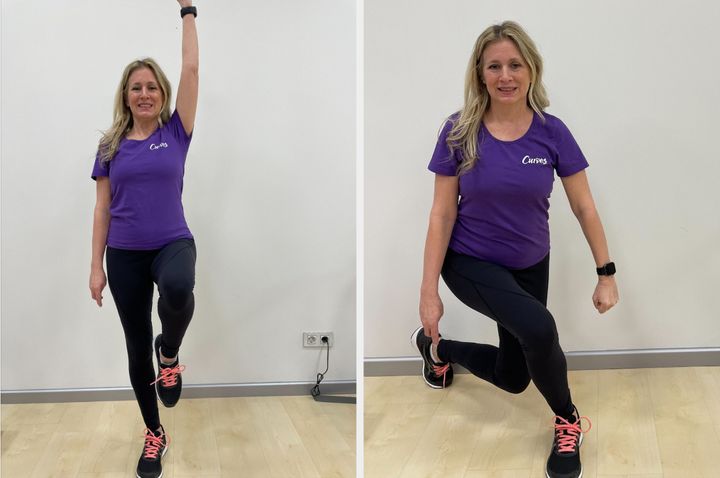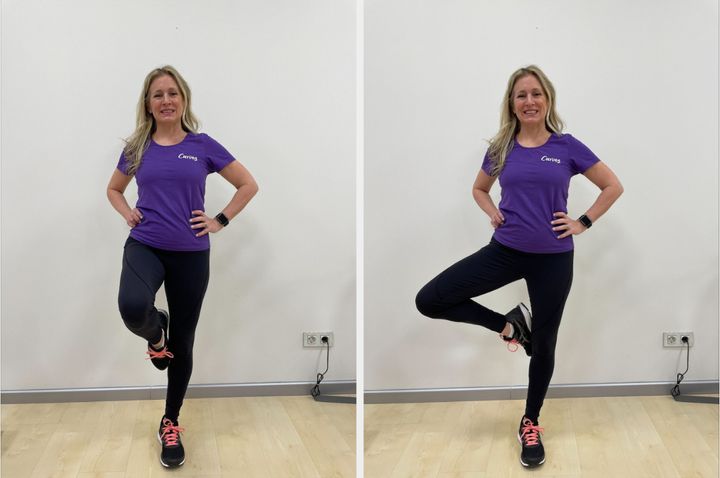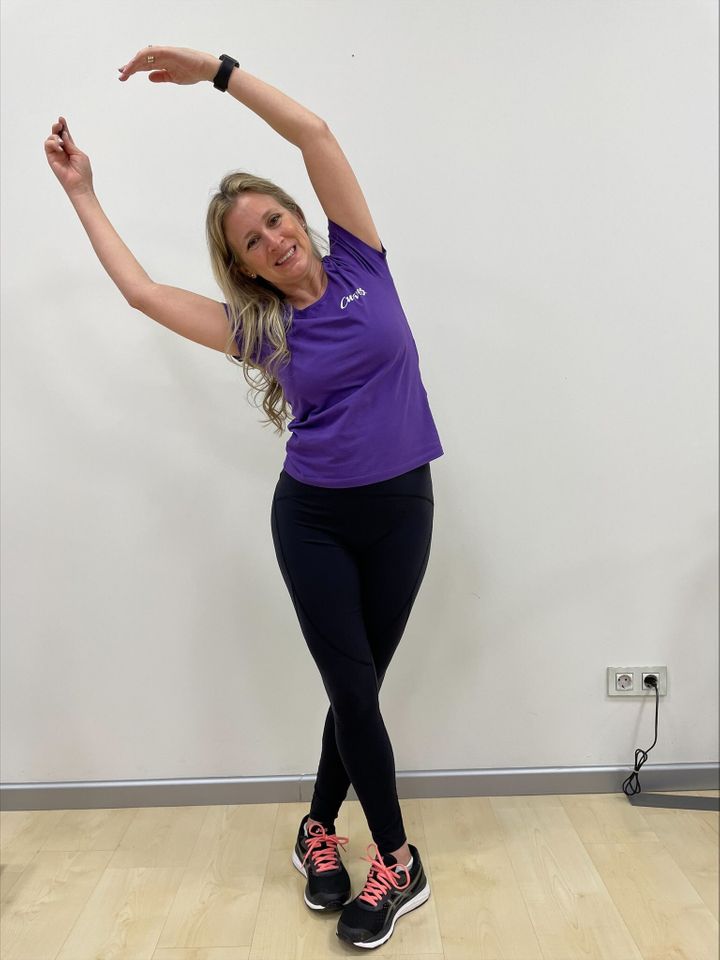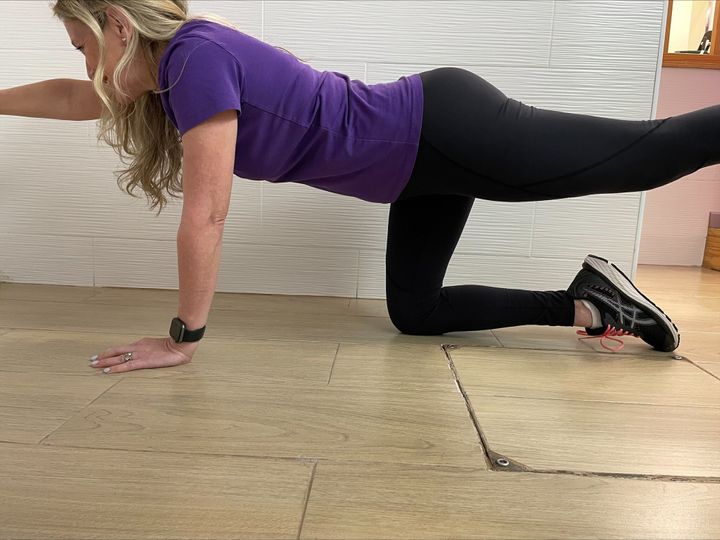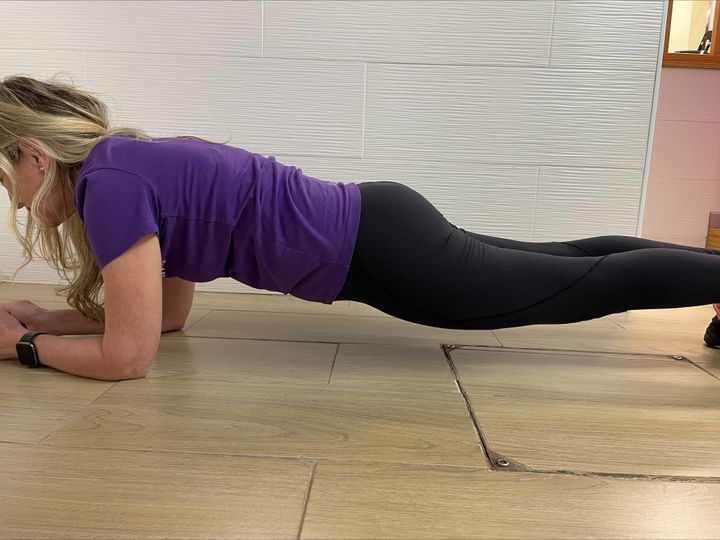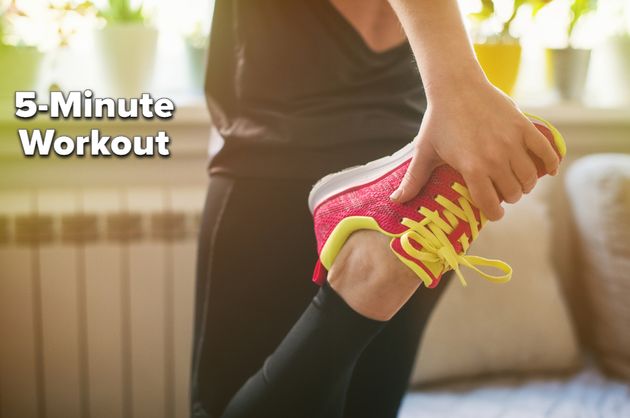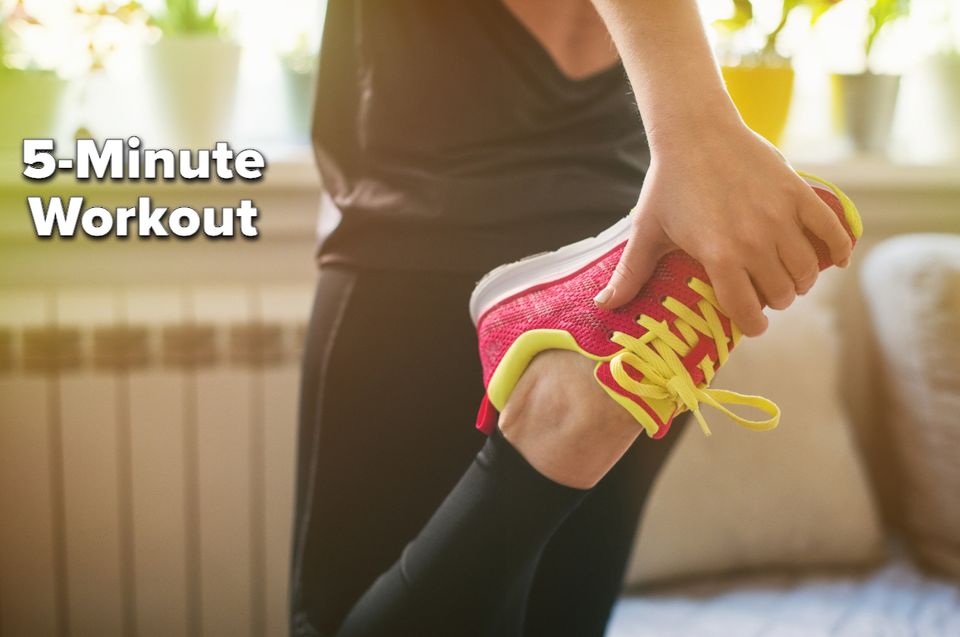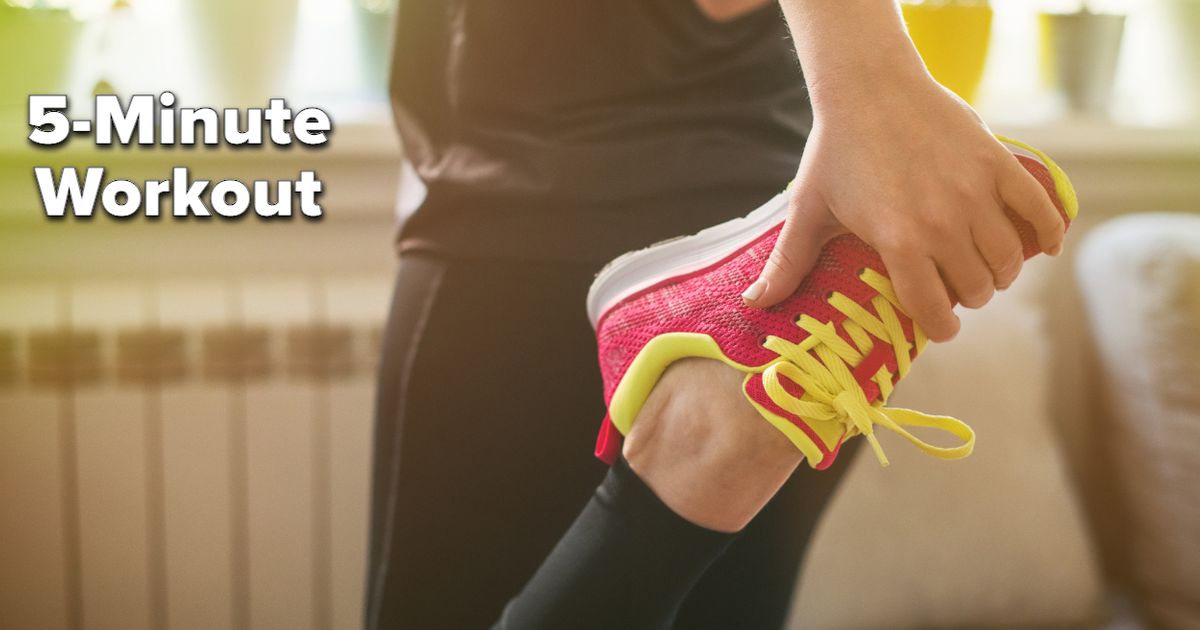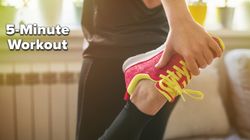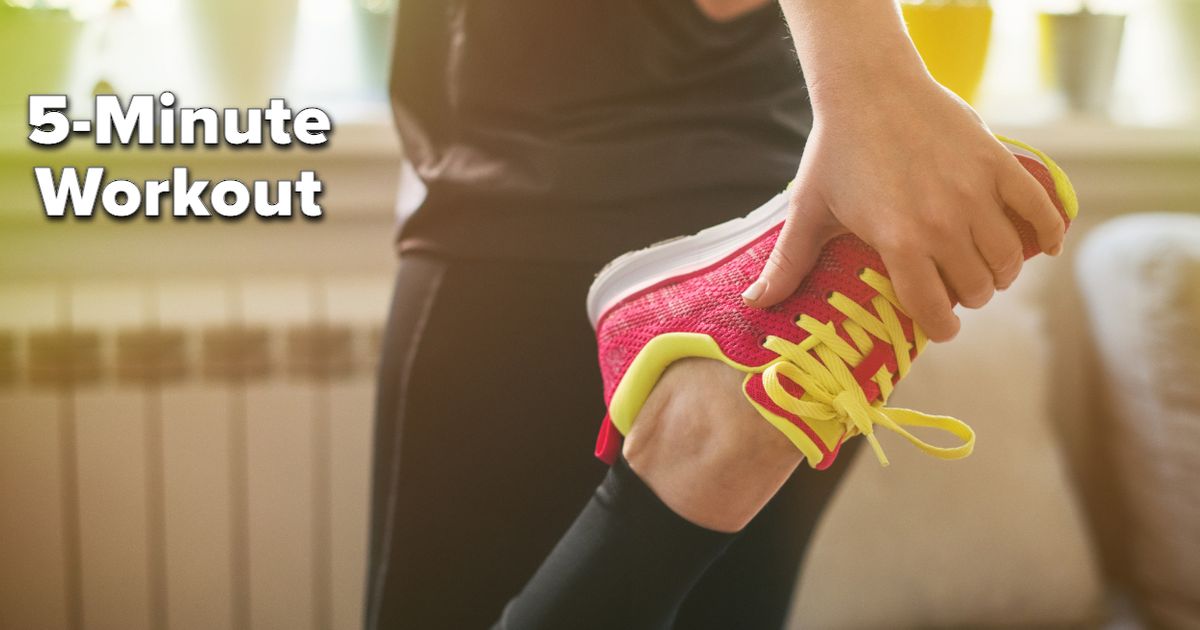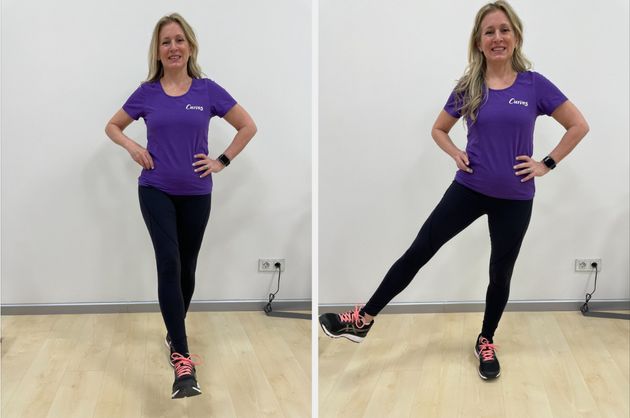Spend five minutes on FitTok (the fitness side of TikTok), and you’ll see dozens of different diets, workouts and supplements claiming to help you get fit and be healthier. Millions of accounts credit programs like 75 Hard or intermittent fasting for transforming their health, but these can be unsustainable and taxing on your body and brain.
Enter the “30-30-30 rule,” one of the internet’s latest obsessions. This now-viral wellness plan is brilliant in both its simplicity and its adaptability, but will it actually make you healthier? We spoke with experts to find out.
Advertisement
What exactly is the ‘30-30-30 rule’?
Popularised recently by Gary Brecka, an online health personality and biologist, the 30-30-30 rule involves eating 30 grams of protein within 30 minutes of waking up in the morning, then doing 30 minutes of low-intensity exercise.
It’s popular because it’s easy to remember, doesn’t require you to make any other fitness or diet changes throughout the rest of the day and, in theory, is easy enough for everyone to do.
“A growing body of research suggests that combining a high-protein diet with exercise helps improve fat mass, blood glucose control, inflammation, physical performance and markers of heart health such as triglycerides and total cholesterol, especially among those who classify as obese,” Edwina Clark, a registered dietitian and wellness expert, told HuffPost.
She explained that protein in particular “requires more energy to metabolise than fat and carbohydrates,” which means eating more can help “stabilise blood sugar and promote satiety.”
Advertisement
“Protein is also needed for muscle building and maintenance — an important component of any weight loss program,” Clark said. “Some evidence suggests that eating a protein-rich breakfast in the morning can assist with hunger and appetite control throughout the day, although research is mixed.”
According to Elizabeth Huggins, a registered dietitian and nutritionist at Hilton Head Health, adding protein and physical activity to your morning routine “sounds good,” but the only way to know how beneficial it truly is would be to compare it to your current morning habits.
“It could be seen as an improvement for someone who either routinely skips breakfast and later craves and eats junk food or who starts their day consuming highly processed foods, such as sugary beverages and cereals,” Huggins said. “Eating a source of protein first thing in the morning can promote satiety and curb cravings for less healthy foods.”
It could also help those with insulin resistance and/or diabetes.
“Following this rule could help minimise a rise in blood glucose compared to a high-carb breakfast,” Huggins said.
The type of protein you eat matters.
Not all proteins are created equal when it comes to your health. Think of it this way: sausage compared to two eggs with reduced-fat Greek yogurt will both get you 30 grams of protein, but the latter is much better for you overall.
Advertisement
“If you’re routinely eating steak and sausage at breakfast, you might see an increase in cholesterol and other markers of heart health and inflammation over time,” Clark said.
She recommended eating high-quality protein in the morning, such as Greek yogurt, eggs and nut butter, which “can help keep you full and fuel your brain and body for the day ahead, especially when combined with high-fibre carbohydrates.”
The timing seems to be less important. While there’s little evidence to suggest that eating within the first 30 minutes of your day will help significantly, experts say it isn’t harmful either.

milorad kravic via Getty Images
The 30-30-30 rule is an achievable way to help you meet exercise recommendations.
Adding in 30 minutes of exercise to your morning routine has health benefits that can’t be ignored. The Centres for Disease Control and Prevention recommend getting 150 minutes of exercise a week, and the 30-30-30 rule can definitely help you reach that if you aren’t already.
Advertisement
“Having a specific plan regarding food and activity first thing in the morning may set a positive tone for the day,” Huggins said, adding that “participating in activity first thing in the morning prevents distractions from derailing one’s efforts later in the day.”
Basically, it can be effective because it’s easier to commit to than other diet and exercise routines, and you can knock it out at the beginning of every day.
“Starting your day off with a plan for fuelling your body and movement seems like a good place to start, as long as a person understands rules can be modified,” Huggins said. “We know that physical activity is a critical component to preventing chronic diseases and can promote a variety of positive health benefits. Many Americans do not get enough physical activity, so adding 30 minutes of lower-intensity exercise first thing in the morning could be seen as a great start.”
Low-intensity exercise, which includes walking, hiking, swimming or gentle yoga, can make your mornings more enjoyable. Also, there’s a bonus to doing it. Low-intensity exercise can help build aerobic capacity, according to Clark.
There are some setbacks with the 30-30-30 rule.
No wellness trend is perfect, and 30-30-30 comes with its own set of downsides. Huggins pointed out that “it does not take into consideration a person’s unique needs or goals” and added that “if someone already has a solid plan with balanced nutrition, it may just serve as a strange distraction.”
Advertisement
If you already have a dedicated morning fitness routine, it’s probably best to skip this method.
“For those that like to crank up the intensity of their exercise first thing in the morning, this rule wouldn’t make sense to have to dial back intensity or to restrict carbohydrates that may be needed to fuel their activity,” Huggins explained.
Another thing to keep in mind: 30-30-30 won’t work for everybody.
“This specific rule may not mesh well with a person’s schedule or cultural preferences,” Huggins said.
At the end of the day, those who have a poor relationship with food and exercise may also see this as another diet to follow strictly, which can worsen mental health. Plus, those with certain health conditions may not be able to follow this plan.
“It is worth noting that Gary Brecka’s website includes a disclaimer that states he is not a licensed medical provider and advises people to seek medical advice, diagnosis and treatment from a qualified physician or other healthcare provider,” Huggins said.
So, does the 30-30-30 rule make you healthier?
“Health is the accumulation of many tiny habits practiced consistently over time,” Clark said.
Whether or not following the 30-30-30 rule makes you healthier depends a lot on the individual person, their starting health and fitness habits, and how effectively they can stick with it.
Advertisement
Not to mention all the other tiny things we do throughout the day that affect our health and wellness.
“The quality of what you eat matters for weight loss, as does sleep, stress and movement throughout the day,” Clark said.
Your best bet is sticking to the timeless advice: move more, eat healthier and sleep well. And be sure to talk to your doctor before starting a new diet and/or fitness regimen.



